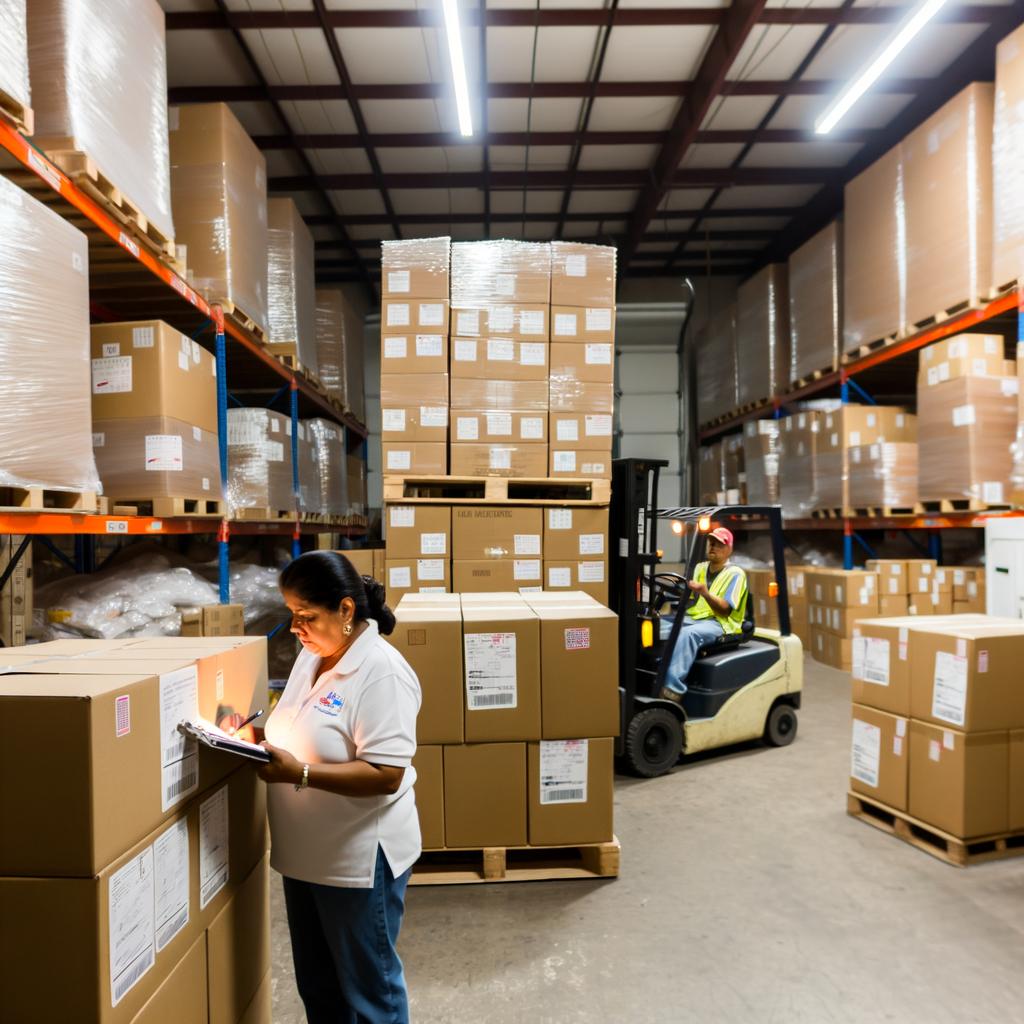Let’s face facts: Supply chain disruptions have caused a significant obstruction in the flow of goods for U.S. shoppers. Many in the industry are calling it a perfect storm of pandemic, factory shutdowns, and worker shortages.
But all is not lost.
By optimizing the systems and business rules associated with holidays sales and shipping, manufacturers and distributors are collaborating on new ways to satisfy consumer demand.
Black Friday is going to happen regardless. In fact, Sensormatic Solutions, which releases annual reports on the busiest shopping days of the year worldwide, predicted this September that Black Friday would still take the top spot. The industry just may have to work around the damage caused by the last year and be more creative than ever.
Here are some of the holiday retail trends we’re seeing:
It’s a marathon, not a sprint.
Nerdwallet suggested consumers will treat Black Friday like a “marathon.” To that end, Target issued its annual Toy List on August 23, two months earlier than usual. Wayfair is also focusing on early birds, reporting 70% of its sales ahead of Black Friday began on November 1. And retailers are adjusting their discount strategies as a result of this marathon approach. While consumers await significant annual discounts and heavy offers post-Christmas, little do they know that many of the big-box retailers will not be able to offer the deals and discounts they expect. Instead, we are seeing signs that Black Friday may turn into Black December, with much smaller but longer-lasting discounts.
Retailers are dialing up the messaging.
Retailers are doubling down on email messaging in November while pushing customers to shop earlier in the year, advertising that “hot” or “in-demand” items will be limited and creating just enough FOMO to keep the registers ringing. CNBC also reported that retailers are emphasizing their inventory positions in their marketing. “Ready to ship” is one of the most desirable phrases this holiday season.
Retailers are looking for other ways to stand out.
If supply is an issue, the question becomes what are other ways brands can make a connection? Unilever is betting on purpose. It’s focused on creating a sustainable business model with “Decade of Delivery,” which sets ambitious decarbonization targets and helps consumers and suppliers look ahead to 2022. Walmart, for its part, is turning to technology and adding augmented reality (AR) to its shopping experience through a partnership with Facebook. Consumers use their AR lenses to shop while engaging in experiences like live streams, games, and cooking tutorials.
We’ll see more of a focus on “local.”
Temporary warehouses put in-demand items closer to the customer, a move that is at odds with the previously popular hub and spoke model for warehouse management. This trend began earlier this year but will become much more prominent during the last lap of 2021 as retailers seek to decrease the distance between product and end customer. From the customer’s POV, “shop local” may be spurred by necessity instead of just a desire to support the community. Consumers could start choosing local shops to avoid shipping delays, a move that could encourage a Main Street renaissance.
Flexibility will become the name of the game.
The typical retail rules and restrictions will be tested again and again this year. To help move products earlier than usual, Target is running a “Holiday price match guarantee,” which means it will match the price if it goes lower at Target before December 24. Wayfair is offering open-box deals that give customers more significant discounts for items that have been returned or might be a bit scuffed, anticipating that even “defective” products could help meet demand.
In a world used to next-day delivery, things are about to change. Next year, shippers will start to offer incentives on delays and big discounts on slower delivery times. But today Black Friday is around the corner. The best way to prepare? Focus on getting your internal supply chain in order while remaining flexible, experimental, and transparent.
In the meantime, let’s rewrite some of the rules of supply and demand together by leading with data and automation and creating a more efficient system.




